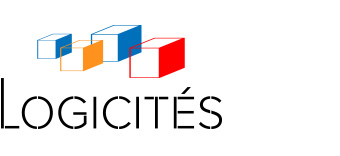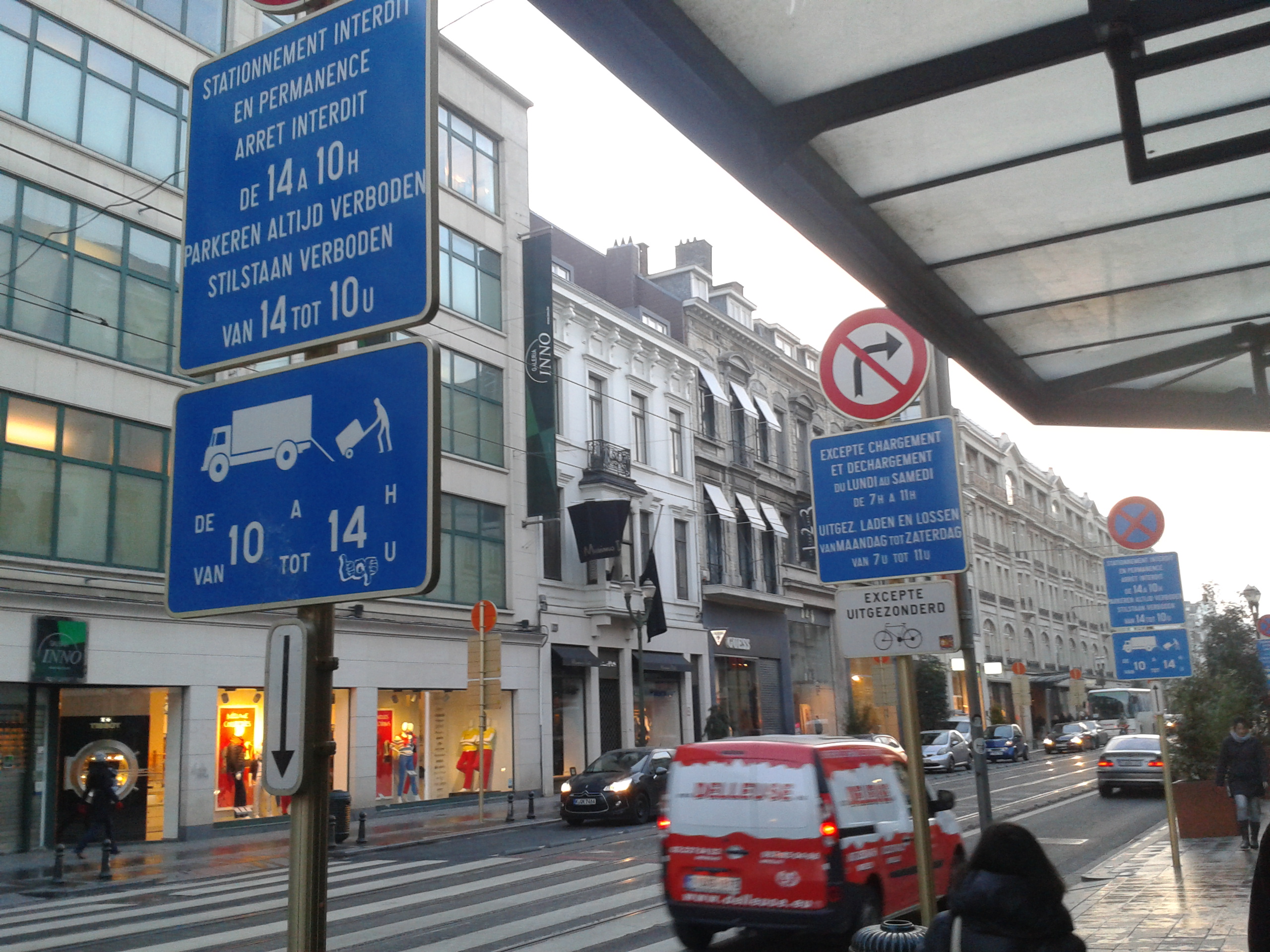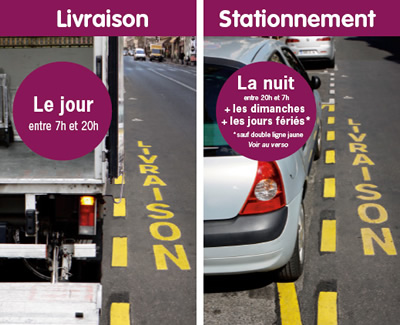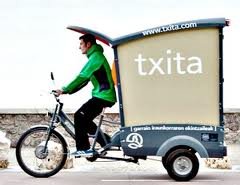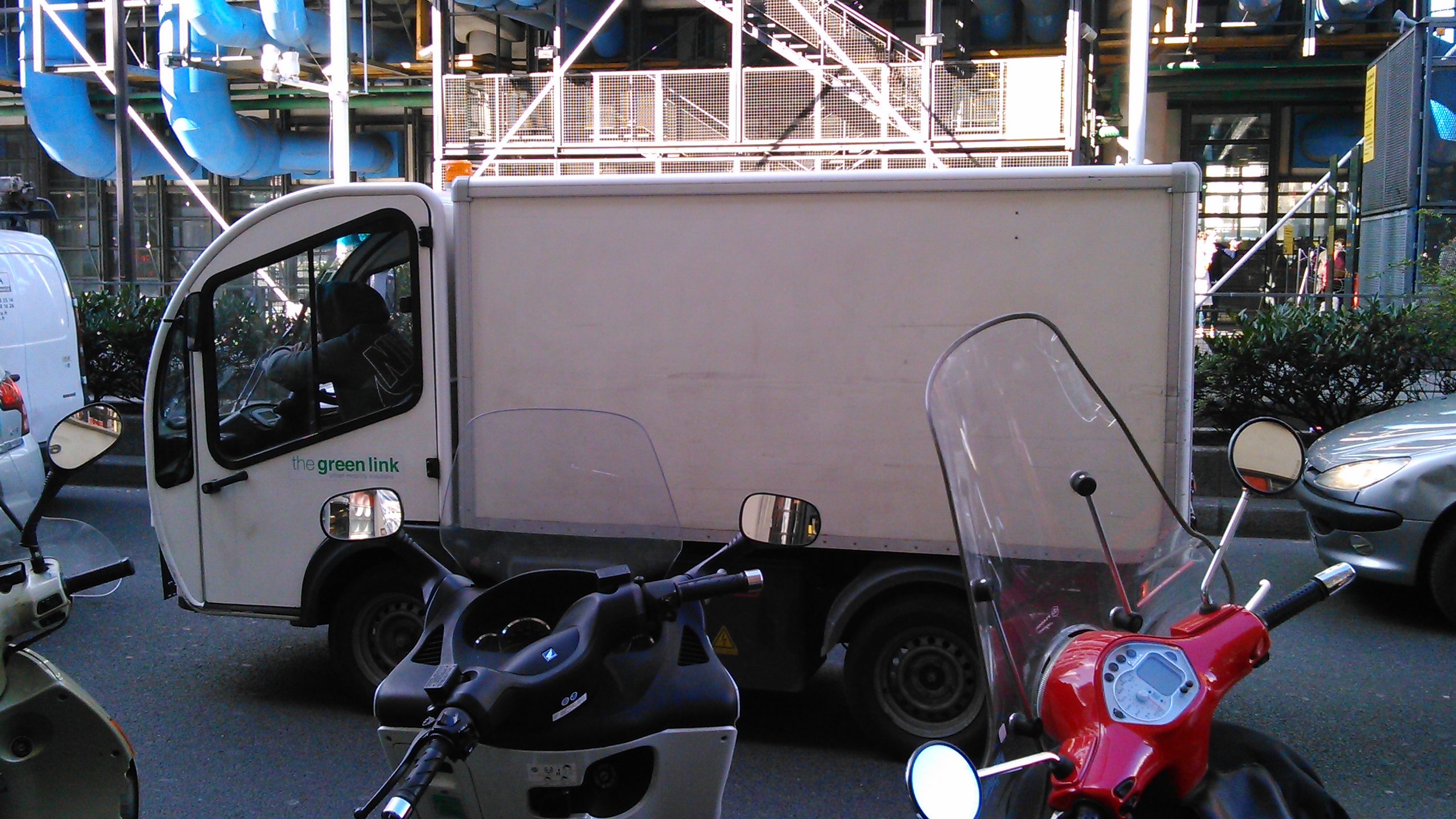 Many studies particularly from the European Union have been published on the e-mobility problematics.
Many studies particularly from the European Union have been published on the e-mobility problematics.
It is clear that the French e-vehicle fleet is not really in advance compared to the northern European countries.
With this assertion, we probably have to set aside the development plan of the French Post Office « la Poste » for e-vehicles, which represents by himself the most important efforts in this field and has to be mentionned.
The offer for delivery e-vehicles has never been so important in Europe, with at least 38 manufacturers (European, American and Asiatic) and 58 models, from the van to the HGV.
The analysis fo the situations in Northern Europe clearly shows that the development of e-vehicles for goods transportation is closely linked to a strong support of public and local authorities.
Many incentives, financial or non financial, have been proposed. I will expose a few of them.
– Creation of Low Emission Zones which forbid the access in central city areas (often rather large) of vehicles with a certain level of pollution ;
– Free parking for e-vehicles ;
– Accessibility to certain areas with wider time slot ;
– Tax incentives ;
– Possibility to drive in the bus lanes ;
– Easiness for battery swap or charge ;
In Paris, as the photo shows, having a delivery e-vehicle does not bring many advantages.
Despite the fact that they usually have adapted sizes, they drive in the middle of the traffic jams.
Why shouldn’t we accept theses vehicles in the bus lanes whereas we accept other vehicles such as taxis, which do not bring much environmental advantages ?
E-vehicles represent a major financial risk for an operator, because of the cost. If this vehicle makes in a day the same number of deliveries, what is the advantage ?
It is therefore high time that the good intentions for the development of e-mobility shown by the different authorities give place to incentive measures, in this case not necessarily financial, but high enough to help the operators to make this choice.
It is now the right time to expose positive measures enabling the delivery operators to make the choice of e-mobility.
We must not mix e-mobility up with immobility !
